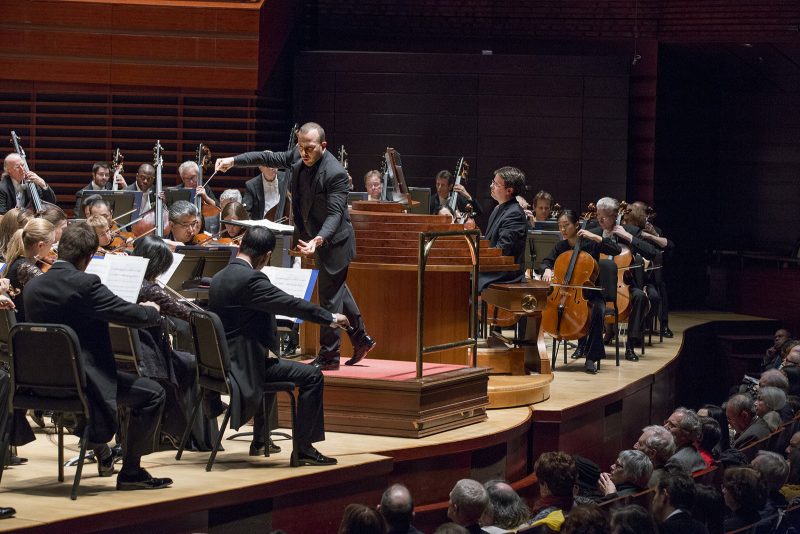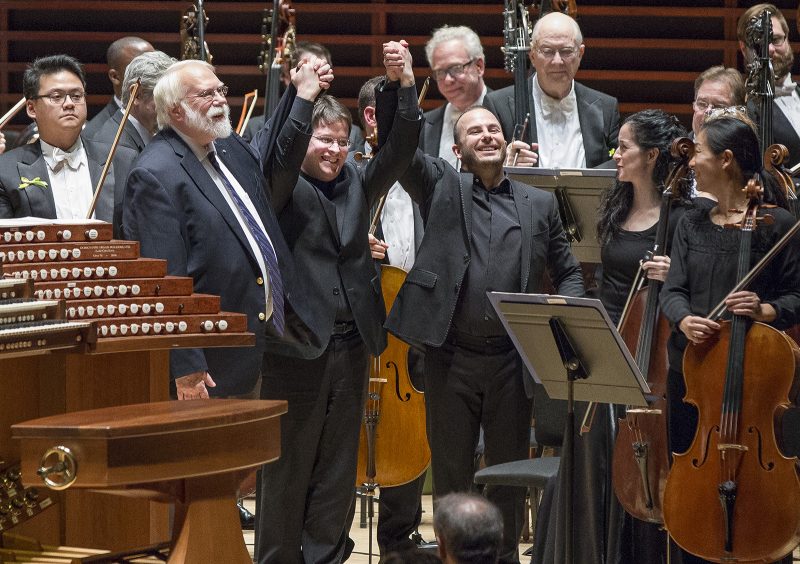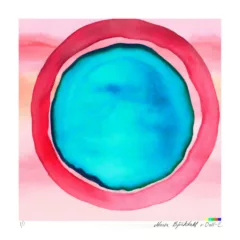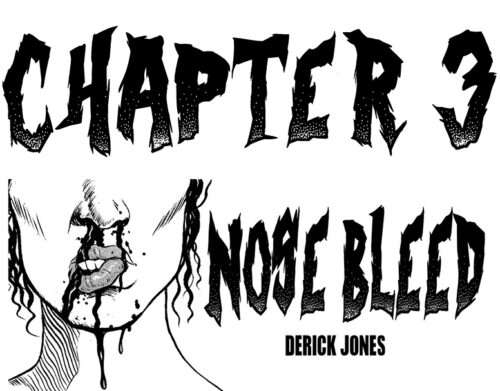
The organ is an instrument –that is too massively impressive to be ignored. The Philadelphia Orchestra dedicated a concert on November 17-19 to the celebration of the 10th anniversary of Verizon Hall’s Fred J. Cooper Memorial Organ (an organ of nearly 7,000 pipes!). This concert showed off the very best of what the organ can do–specifically for organist extraordinaire Paul Jacobs, a Curtis Institute of Music graduate and the only organist to ever earn a Grammy Award.
A resounding start
The concert got off to an entertaining start when concertmaster David Kim slid across the bench of the imposing instrument and played the A key to tune the orchestra. The first half of the concert program offered Philadelphia Orchestra world premieres past and present: Samuel Barber’s Toccata festiva and Pulitzer Prize-winning composer Christopher Rouse’s organ concerto. Barber composed this work in 1960 to celebrate the arrival of a new organ at the Academy of Music. The vibrant concert co-opener showcased Jacobs’ ability to show flashes of virtuosity among many lyrical phrases. During the bravura cadenza section, Jacobs used only the pedal in a wonderful display of his quick-as-lightning feet.

The world premiere of Rouse’s organ concerto began with a dissonant clash. The tense first movement sent a shockwave across Verizon Hall with startling chords, and flourishes of brass livened the work even more with exuberant colors. This dissonance existed within the consonant tonal framework written for the Orchestra, and at times overwhelmed it.
From Saint-Saens to Schubert
The second half of the program was saved for Camille Saint-Saens’ Symphony No. 3 in C Minor, also known as the “Organ Symphony”. Saint-Saens dedicated his third symphony to Franz Liszt (renowned composer and supporter of Saint-Saens), who had once united organ and orchestra together in his symphonic poem Hunnenschlacht. Nearly 30 years following that composition, Saint-Saens felt inspired by Liszt and decided to take it a step further into a full symphony.
During the symphony’s first movement, Saint-Saens makes a clever reference to Schubert’s “Unfinished” Symphony (arguably a career-best work for Schubert) in the introductory moments with an eerily similar melodic run of sixteenth notes. Conductor Yannick Nezet-Sequin’s jubilant vigor (a joy to watch!) kept the musicians’ motors going even in the symphony’s most serene passages.
Jacobs, who at 23 performed J.S. Bach’s complete organ works in an 18-hour marathon for the 250th anniversary of the composer’s death, was coaxed by Nezet-Sequin to perform Bach’s Prelude and Fugue in A Minor as an encore. Through the use of sensitively varied dynamics (a range of loud and soft volumes), Jacobs illustrated Bach’s attention-demanding lines with full command of every new musical idea that entered. In an underused marriage of organ and orchestra, organist Paul Jacobs showed off his own immaculate skills as a musician while letting the audience hear the potential of how expressive the organ can be.










